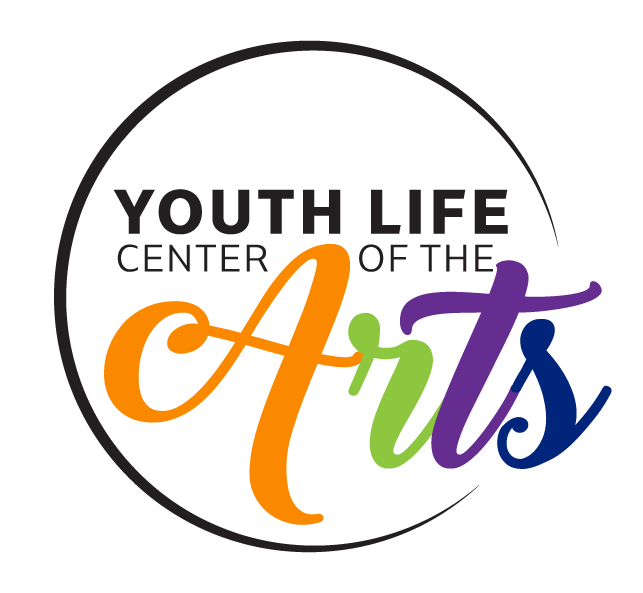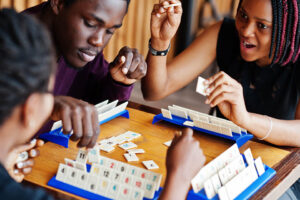Celebrating cultural traditions and festivals can be an excellent way to spend the summer with a middle schooler. They’re already exposed to different cultural backgrounds through classmates and may have questions about their encounters. Celebrating cultural traditions and festivals outside your family sphere helps educate middle schoolers on the vast, diverse world ahead.
Fostering cultural awareness in middle schoolers
Teaching middle schoolers about cultural differences helps them practice empathy and kindness with peers. Learning that no two families are alike helps them understand and appreciate their and other families’ uniqueness.
John Hopkins recommends that parents and guardians do three things to make celebrating diversity comfortable at home:
- Be open.
- Start the conversation by discussing your own family tree.
- Elaborate on how people voicing the struggles of others show compassion and kindness.
Parents and guardians can educate themselves before talking to middle schoolers by listening to podcasts, reading books, attending lectures, or researching on Google about celebrating diversity.
When discussing your family’s history, start with your immediate family members. Then, grab the photo albums or invite a grandparent or other older family member to highlight memories and facts about the family.
We don’t have to highlight the world’s need for kindness in this post. We see evidence of the deficit every day. Learning to celebrate diversity by exploring the cultural traditions of others will foster an attitude of welcoming in your kid for years to come.
Why is celebrating cultural diversity important?
Before we answer the why, let’s define cultural diversity. Cultural diversity refers to the presence of multiple different cultures within a single group or society. New York City is an excellent example of cultural diversity in the United States, as over 37% of the city’s residents were born in another country. New York’s myriad of cultures explains its need to embrace diverse groups of people. If you’ve never been, every city block has various ethnicities, languages, cuisines, and styles.
Exploring cultural traditions benefits children in many ways, including enhancing communication and social skills and igniting creativity. Plus, the younger children start embracing differences, the more likely they will keep up the practice as they age.
GoAuPair has extensive benefits for teaching kids to welcome other cultures. Our favorites include:
- Practice Basic Phrases in Another Language
- Understand Cultural Values and Customs
- Discuss Different Worldviews and Perspectives
- Celebrate Cultural Festivals and Holidays
Language Skills
Mastering a foreign language is an invaluable skill. Primary foreign language is often part of school curricula. Still, your middle schooler will have a better chance of retaining it with the double whammy of rehearsing their foreign studies at home, too. If bilingualism is in your family tree but you generally speak only one in the house, use a few introductory phrases from your native tongue when you start having your home diversity conversations.
Understanding alternative worldviews
Want to teach your middle schooler about tolerance? Opening their worldview to the numerous backgrounds, religions, and social practices will help them understand versus fear the differences they encounter. You can educate your middle schooler without embodying a particular belief or custom by sharing facts about other cultural behaviors and traditions in their school, neighborhood, and community.
Speaking of tolerance, it helps discuss different worldviews and perspectives with mutual respect. Although children may not understand the nuances of global politics or pop culture yet, they can still have fun discussing their opinions with someone from a different culture.
Cultural festivals are one-stop-shop ways to preview the world. Many of us may never visit the countries and regions represented at these festivals, but attending them offers the opportunity to expand our horizons as if we’d travel there in person. Plus, who doesn’t love a pleasant festival stroll with accompanying food samples in each hand?
Which cultural traditions and festivals should we learn about?
As we said, the best place to start is with your family tree first. A bi-racial family may have origins in the Pacific Islands, Jamaica, and Ireland. In this hypothetical scenario, you could perform a Google search for celebrations, observances, or festivals happening during National Pacific Islander Month, Black History Month, and St. Patrick’s Day and organize activities and conversations around the events you find. Whatever your family history is, start the conversation there and see where it leads.
Another route in determining which cultural traditions and festivals to learn about could be your middle schooler’s circle of friends. If they have a diverse friend group, encouraging your child to learn about their peers in deeper ways can strengthen their relationships with them. You can help your child lean into their friend’s culture by allowing them to attend birthday parties, accept invitations to special occasions in their friend’s life (such as quinceaneras, confirmations, or graduations), or invite their friends over for playdates.
Here’s a list of festivals in Atlanta, Georgia to start your search.
Celebrating cultural traditions and festivals opens middle schoolers to worlds outside their own, forging lasting lessons to carry them through adolescence. Dive into more resources for parenting middle schoolers and teens.







